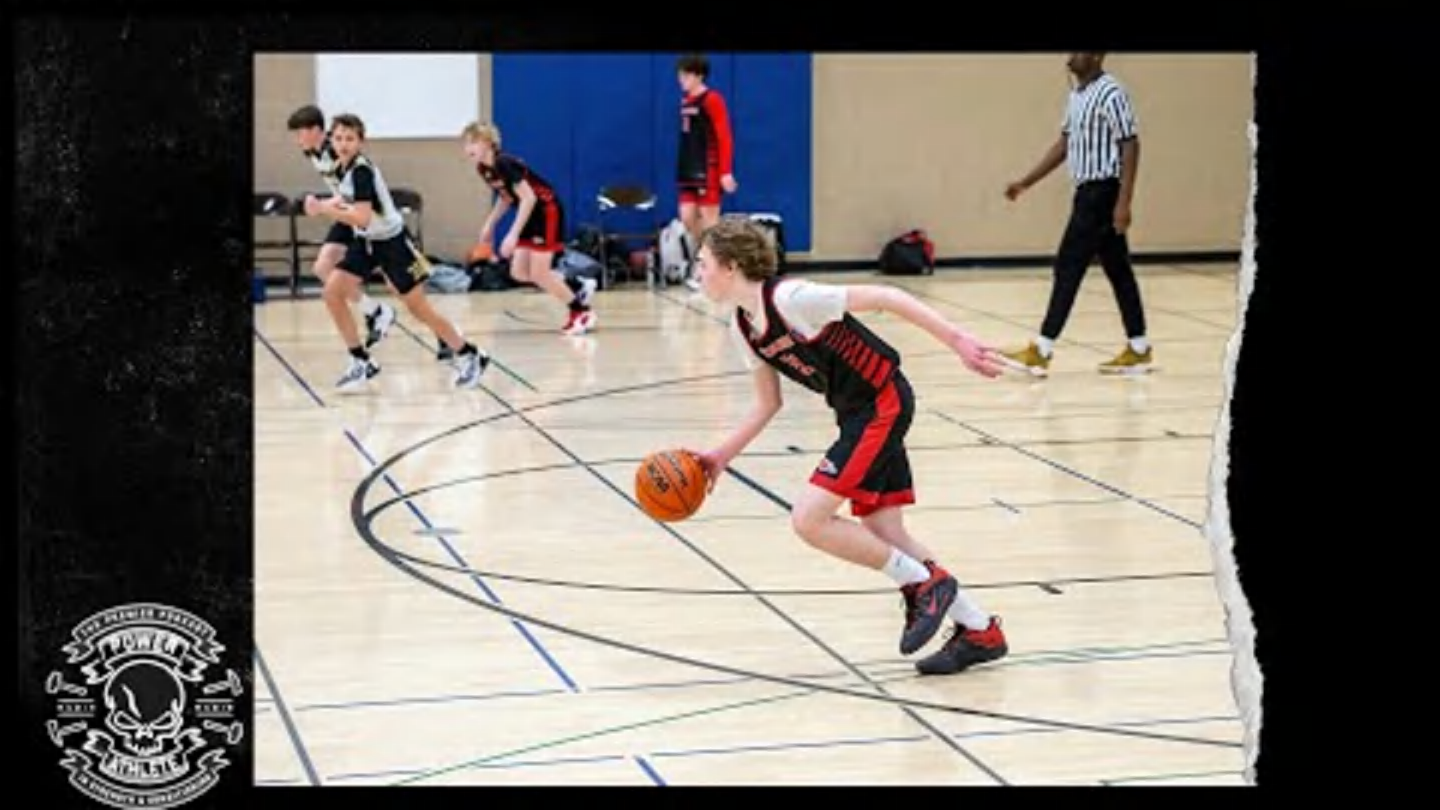World
Midas touch: how to kick like 1500m world champion Josh Kerr

Josh Kerr is one of the fastest middle distance runners in history. He is the world 1500m champion, the world record-holder over two miles indoors and Britain’s quickest man over a mile – ahead of Steve Cram, Sebastian Coe and Steve Ovett. But perhaps Kerr’s ultimate superpower is his ability to find even more at the end of his races, when his lungs are burning and his limbs are screaming.
According to Kerr’s highly regarded coach, Danny Mackey, that ability comes not only from physical training, but his psychological strength and his ability to prioritise what really matters.
“Physically he’s a high responder to most training that we do,” says Mackey. “So Josh could be at a certain level and you start hitting him with stimulus and he just keeps getting better. But he’s also really good at focusing on the right things at the right time, which is a really understated skill for pros. Sometimes they get distracted easily, or they won’t prioritise properly, but he’s really good at what he needs to pay attention to in the moment.
“Psychologically, he’s pretty fearless. Great athletes have to be … I shouldn’t say fearless because he is scared of things, but they have to be aggressive. That’s probably the way that I would say it. He’s confident, he’s aggressive psychologically.”
How Kerr’s workouts can help you improve
Mackey stresses that recreational runners wanting to improve should keep two broad principles in mind. The first is to have a specific goal – and a training plan that builds towards it. Without it, Mackey says: “It’s almost like Groundhog Day, where it’s like the same thing over and over again.” The other thing he stresses is variability – so one day you might run off feel, while the next will be a Fartlek – where you mix sprints with a slow jog or walk. “Be intentional about what your exercise goal is,” he says. “Each day is important.”
So how would Mackey help someone who wanted to work on their speed and sprint finish? Assuming someone runs five times a week, he suggests two harder sessions where that becomes the focus.
One session Kerr does regularly is to run repeats of between 600m and 1000m at his target race pace, with the last 200m even faster. Kerr then jogs very slowly for 400m to recover, before going hard again until he has done four or five miles of work. “The nice thing is that it applies to somebody like Josh, or somebody trying to run 18 minutes for a parkrun,” says Mackey.
For the recreational athlete, Mackey recommends tweaking the workout slightly so that they run six to eight 800m efforts, running the first 600m at whatever their goal 5km pace is before pushing harder for the last 200m.
After each effort they would then shuffle slowly for two minutes before going harder again. “Josh would usually jog – I call it the sprinter shuffle – and then go again,” says Mackey. “There’s research that it’s better than standing around for recovery.”
This sort of workout, Mackey stresses, will help someone finish strongly in their races rather than just working solely on their sprints. “A lot of people look at a kick and are like: ‘OK, well I need to just run sprints,’” Mackey says. “But there are other metabolic factors that are so much more influential for a 5k.”
after newsletter promotion
Mackey says he would use this session once a week for a recreational athlete – along with one other quality workout. One option, he suggests, is to do a session with between eight and 10 repeats of 200m, resting in between each 200m burst. Another idea is to do a tempo run, with 100m strides after that.
Assuming someone runs five times a week, Mackey suggests that the other three workouts would consist of a long run and two runs at an easy effort. “These could even be slower than conversational pace,” he says.
Three key takeaways
-
Have a plan. “Write it out – say this is what my week is going to look like,” says Mackey. If you have a stressful job and lots of commitments, it could be as simple as saying: “I am going to do my quality workouts on Tuesday and Friday.”
-
Use different shoes for faster workouts and recovery days. Mackey uses Brooks’s lighter and speedier Hyperion shoes for his harder runs and the plusher Glycerin for his slower ones. “It helps you be intentional, like: ‘OK, I’ve got my fast shoes on. I’m going to do my workout today,’” says Mackey. “And from a biomechanics standpoint it does reduce injury if you have two different types of shoes as you’re getting a different stride pattern.”
-
Don’t forget the importance of rest. “I’m not good at quick fixes but from Josh’s point of view, recovery is huge,” says Mackey. “And sleep hygiene is super important.”








